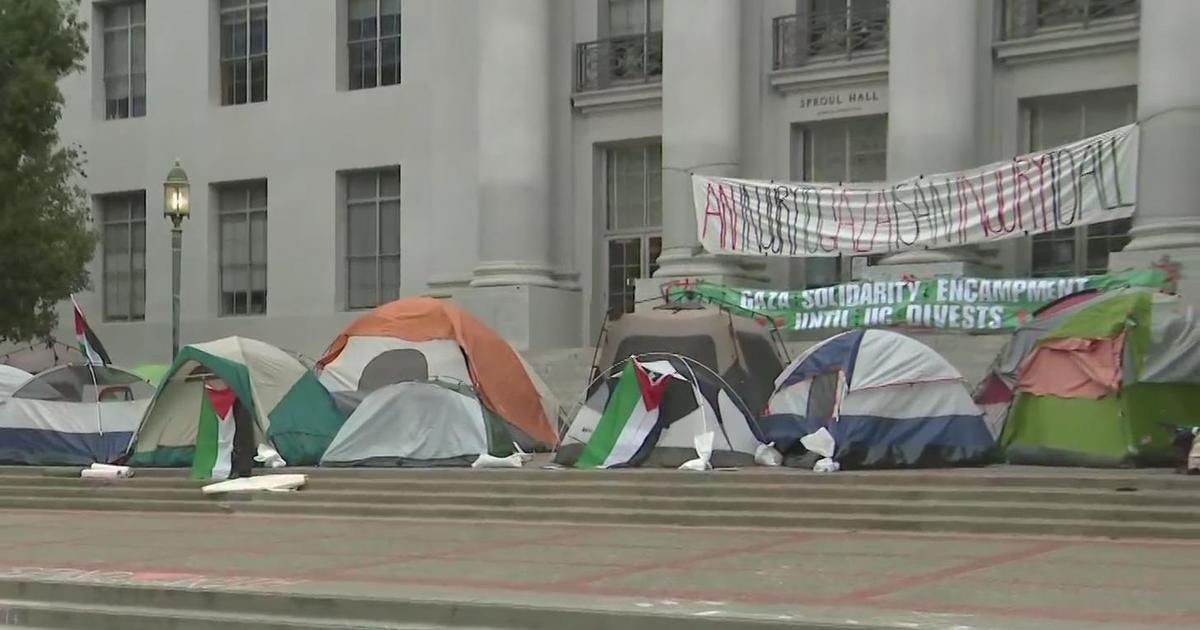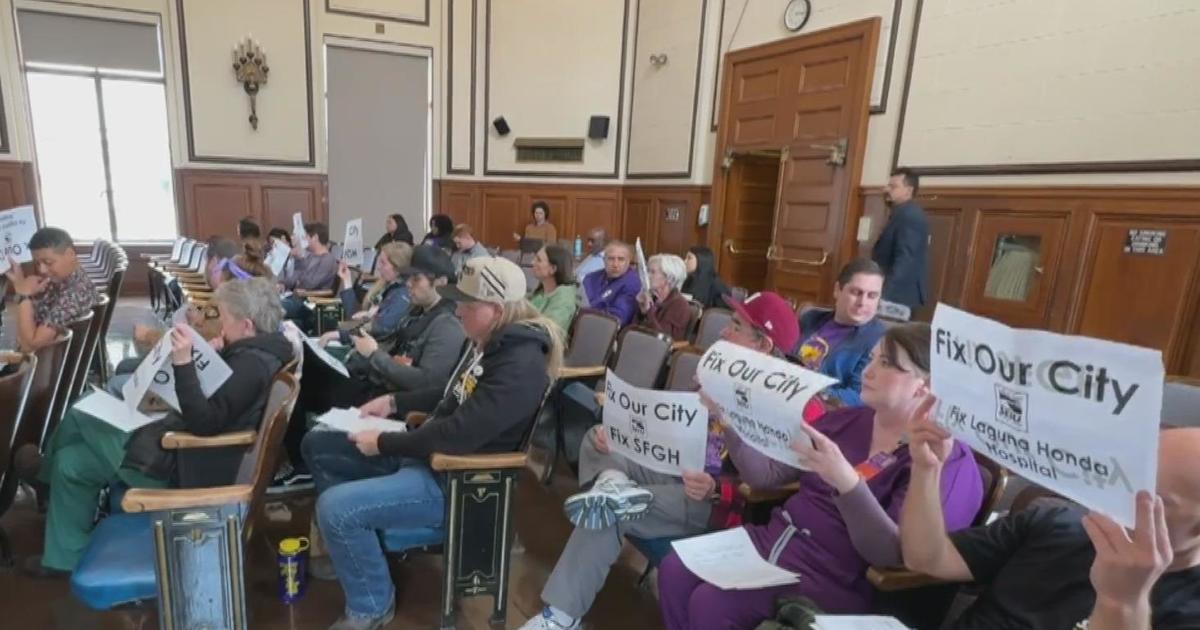UC Berkeley Scientists Capture The Voice Of The 4.4 Quake
BERKELEY (CBS SF) -- When a 4.4 earthquake on the Hayward fault jolted thousands from their sleep, scientists at UC Berkeley were not only looking at the oscillations on their seismographs, but they were listening to the rumble of the earth.
Peggy Hellweg and her colleagues of geophysicists at the UC Berkeley Seismological Lab have placed sound and motion sensors deep below the Cal campus that sits directly on top of the fault.
The sensors are in an old mine shaft --- the Lawson Adit goes 200 feet into the side of the Cal campus. One of the bores goes directly into the fault under Memorial Stadium -- home of the Golden Bears football team.
"It (an audio sensor) recorded the earthquake very nicely," Hellweg told KPIX 5.
"If you listen carefully, you can hear it for quite a long time and there are still some wiggles here going on and we can hear a little bit of that," she added as she played the recording of the quake sounds and pointed to a seismograph.
The location of the quake couldn't have been more percent -- the epicenter was just a mile away near the Claremont Hotel.
"The plates are basically stuck and they're stretching sort of the way a rubber band stretches and stretches and stretches," Hellweg said. "You never know when is the rubber band going to break and so what we actually heard is more like the rubber band breaking...It really sounds kind of like a close thunder."
While the January 4th quake was a moderate size, Hellweg says the Hayward fault is a tectonic time bomb.
"Places like the Hayward fault when it goes, even if it's only a six and a half or seven - it's going right through Hayward, Oakland, Berkeley and so on," she said. "There will be a lot of damage."



